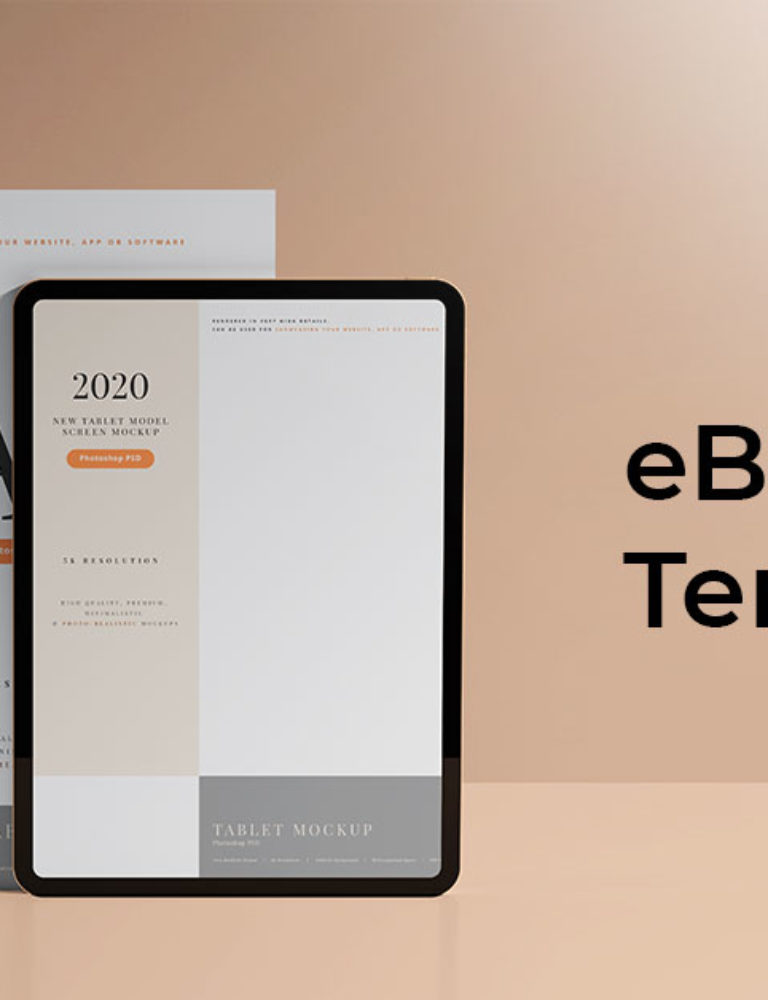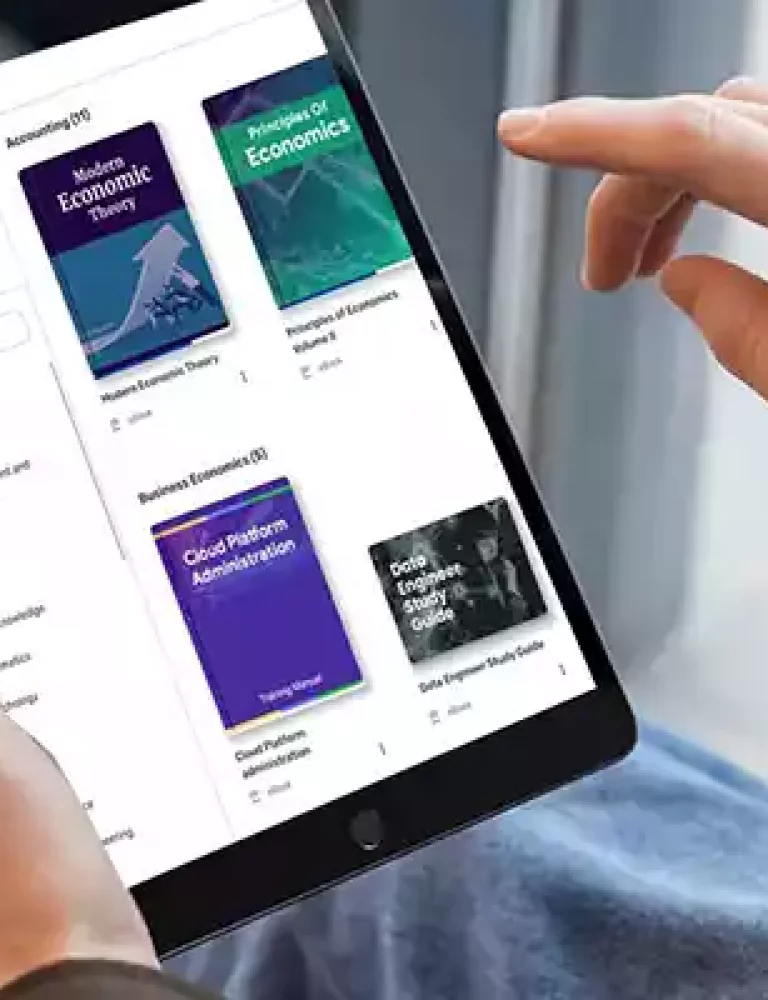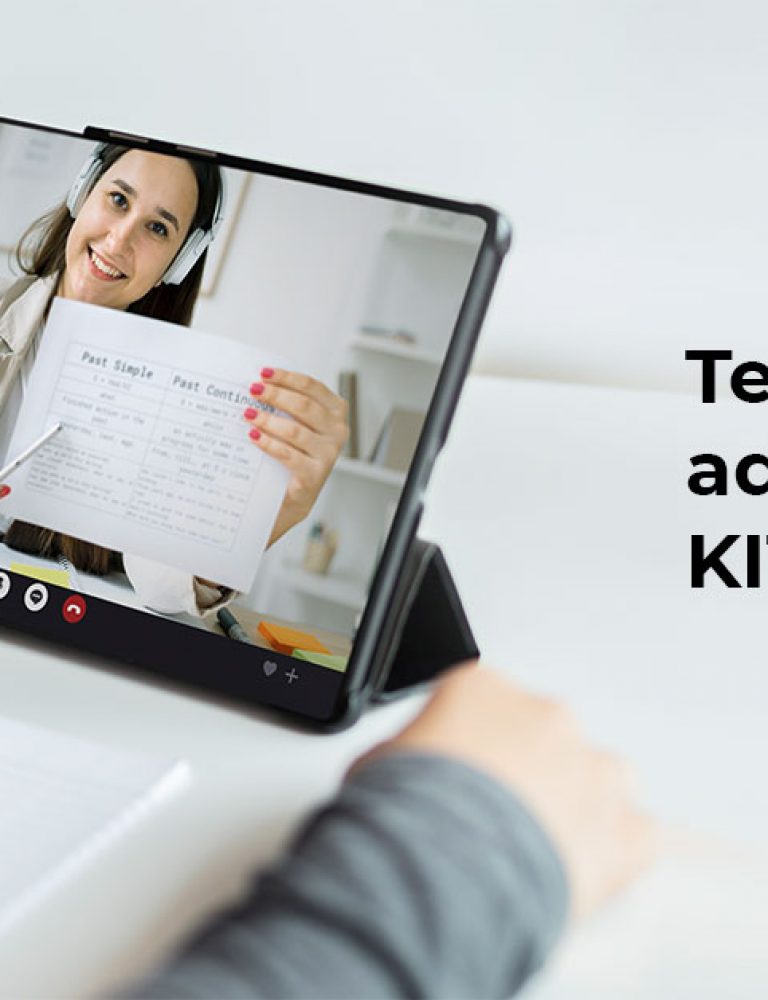Learning in classrooms is progressing and becoming more productive with each passing day. Interactive eBooks in classrooms have brought about a revolution in K-12 learning, higher education, and even corporate learning techniques. Using electronic books and interactive content, all kinds of readers and learners can comprehensively learn at their own pace, brainstorm various solutions, and gain hands-on experience.
The ultimate goal of introducing interactive eBooks is to assist learners in understanding real-world situations and global issues through virtual immersion. eBooks are accessible and cost-effective learning tools that have become practical means of acquiring and delivering educational content.
One significant feature of such content is that it not only helps students expand their horizons but also assists educators in delivering updated and valuable lessons.
The debate about adopting interactive eBooks in classrooms is still ongoing. Learners still depend on traditional paperback books for classroom learning. The most valuable solution arising out of such debates is a hybrid style of learning in classrooms that includes the best of both worlds.
Let us learn everything about the relevance of interactive eBooks in classrooms in this guide!
Table of Contents:
I. How are Modern Classrooms Preparing for Interactive eBooks in Classrooms?
II. Why are Educational Institutes Encouraging Interactive eBooks in Classrooms?
- Engagement and Interactivity
- Convenience and Flexibility
- Accessibility and Convenience
- Multimedia Rich Content
III. How Educators are Using Interactive eBooks in Classrooms
- Step 1 – Familiarize Students with the Basics
- Step 2 – Help Students with e-Reading
- Step 3 – The Power of Enhanced Learning Content in Textbooks
- Step 4 – Familiarize Students with eBook Navigation
- Step 5 – Build a Digital Library
- Step 6 – Enhance Reading and Pronunciation
- Step 7 – Teachers Can Make Lessons More Engaging
How are Modern Classrooms Preparing for Interactive eBooks in Classrooms?
To prepare for interactive learning in classrooms, schools are following these measures:
- Updating their existing infrastructure and going wireless.
- Continuous streaming of digital content to various devices and in various formats.
- Ensuring strong and reliable signal strength for the functioning of interactive technology in classrooms.
- Availability of interactive eBooks on smartphones using digital textbook platforms and eReader apps like KITABOO.
- Applying robust security policies like DRM to protect student data and the intellectual property of content creators.
- Involving parents to ensure clarity and ownership.
- Establishing a collaborative community between various departments for mobility.
Why are Educational Institutes Encouraging Interactive eBooks in Classrooms?
Here are some critical reasons why eBooks offer several benefits for educational institutions, such as:
Engagement and Interactivity
eBooks can integrate various engaging materials and content, such as maps, diagrams, audio, GIFs, animations, infographics, hyperlinks, videos, quizzes, curriculum assessments, and homework questions that enhance learning effectiveness.
Convenience and Flexibility
Educators can quickly refer students to upgraded learning practices and content. They can further access entire lesson plans, prepare assessments, gauge student progress, and even offer constructive feedback from their mobile devices or computers.
Accessibility and Convenience
Electronic Books can be instantly downloaded from educational websites. You can carry a whole library of interactive eBooks with you while you are on the go. Such attributes provide easy access to reading materials and allow customization with notes.
Multimedia Rich Content
One of the biggest conveniences of interactive eBooks in classrooms, especially for K-12 learners, is the inclusion of multimedia elements, which helps students learn through interaction, visuals, collaboration, and differentiation. It works brilliantly to enhance children’s working memory and can create personalized teaching materials based on the learner’s pace of learning.
How Educators are Using Interactive eBooks in Classrooms
Let us take a quick look at how interactive eBooks are transforming teaching experiences. Educators make an extra effort to help learners apply unique and personalized lesson plans digitally to augment their comprehension of different complex topics and subjects.
Here are some valuable steps that teachers take to augment digital learning in classrooms:
Step 1 - Familiarize Students with the Basics
Educators introduce students to basic technological skills needed to use interactive content through electronic books on smartphones using eReader apps like KITABOO. They educate learners on how to access various apps, orient the screen according to the flow of the content, and use interactive features.
Step 2 – Help Students with e-Reading
The good news is that technology has advanced to the extent that it is now possible to transform printed or PDF content into electronic books using ePUB and ePUB3.
The interactive elements are effectively displayed and portrayed to students using reflowable and fixed layouts on mobile apps or eReaders. Teachers support comprehension and explain to students how eBooks differ from print reading.
Step 3 – The Power of Enhanced Learning Content in Textbooks
Interactive eBooks offer varied learning experiences, which break the monotony of traditional learning. Multi-sensory learning is applied which enhances receptivity and retention.
Videos in interactive eBooks bring concepts to life, make learning fun and fulfilling, and help students better understand complex concepts. Interactive eBooks allow users to expand and enlarge visual comprehension and engagement.
Step 4 - Familiarize Students with eBook Navigation
Educators introduce young learners to interactive features like page setup adjustments and font size changes. For grown-up or corporate learners, educators help them explore the features independently, which eventually encourages motivation and self-discovery.
Step 5 - Build a Digital Library
Educators help students create a digital library for easy access. A vast amount of information and educational content is available online.
Digital textbook platforms like KITABOO help students with Open Educational Resources, supplementary lessons, and subject-related information. Such platforms help students build an exclusive eLibrary and access a wide range of eBooks on their smartphones, tablets, or laptops.
Step 6 - Enhance Reading and Pronunciation
Teachers use interactive eBooks with audio and video features to facilitate correct reading and pronunciation, especially in foreign languages.
Learners have the leverage to learn various languages and understand content in multi-lingual formats and text-to-speech features that several digital platforms help them with. Students can listen to unfamiliar words, look up meanings, and practice pronunciation.
Step 7 – Teachers Can Make Lessons More Engaging
Educators enrich student learning by posing questions and enhancing student engagement and readiness to learn. They use interactive features like games and quizzes and encourage student participation and active learning.
Kinesthetic learners benefit from interactive eBook activities, while teachers encourage independent learning among students. eBooks introduce students to digital learning platforms and build their creativity.
Conclusion
Thanks to interactive eBooks in classrooms, learner experiences are greatly transformed. Modern educators offer personalized learning experiences, and electronic books capture students with multimedia elements. As a result, students are more engaged and motivated to participate in their learning process.
Digital textbook platforms like KITABOO help generate various kinds of interactive eBooks based on students’ learning styles. These eBooks ensure that each student receives personalized support and facilitate collaborative learning experiences among students and educators.
Want to know more? Contact us today!
Discover How An Ebook Conversion, Publishing & Distribution Platform Can Help You
Kitaboo is a cloud-based content platform to create-publish & securely distribute interactive mobile-ready ebooks.
You May Also Like
-
Top 5 Sites for eBook Templates
Blog,Digital Publishing,eBook solution,Education Technology / January 29, 2024








